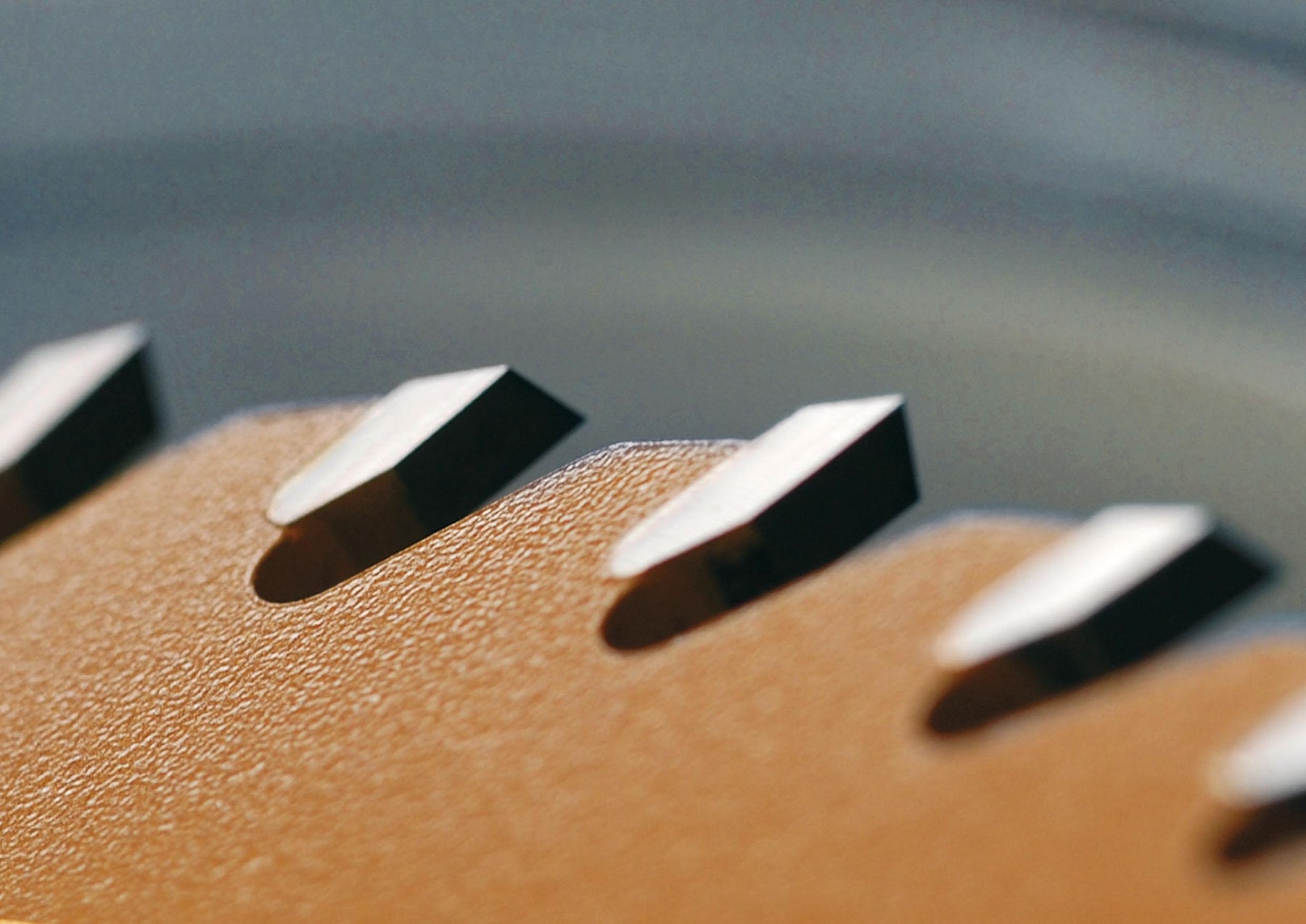
What are Tungsten Carbide Saw Tips?

What are Tungsten Carbide Saw Tips?
Tungsten carbide saw tips are not solid tungsten carbide. They are made of grains of tungsten and carbon held together in a matrix of metal such as cobalt or nickel. There are many different grades of Tungsten Carbide.
Tungsten carbide can be called a powdered metal because tungsten is a metal.
How are they made?
1. Mix Carbon black, Tungsten metal and metal oxides
2. Then heat the mixture until the carbon bonds with the tungsten (carburises)
3. You get tungsten carbide powder
4. Mix the tungsten carbide powder with wax and cobalt
5. Take this and mix very thoroughly using a ball mill
6. This gives you a final powder
7. Put the final powder in a mold and press it to the desired shape
8. Heat (presinter) the pressed, final powder enough so that is sticks together like soft chalk
9. Take the soft chalk and do your final machining / shaping
10. Put the soft chalk pieces in a very hot, high pressure, special atmosphere oven and do the final sinter.
11. The powder cooks, shrinks and gets very hard.
12. Now you have the final piece of tungsten carbide
With so many grades on tungsten available, it is very important to get a grade which is made to suit your job or application. For example, a tungsten grade used for cutting plastics might be too hard to survive the impacts when cutting aluminium. Our TiCo, a specially formulated, highly compact combination of Titanium and Cobalt Carbide, ensures maximum precision and long lasting sharpness of the cutting edge.
The ability to formulate dedicated Carbide grades for each application, guarantees highest performance in each application.

Properties of Tungsten Carbide
-
Extremely high compressive strength.
-
Rigidity – approximately 2.5 times steel and 5 times cast iron and brass.
-
High Heat Properties Retention
-
Impact Resistant about equal to hard tool steels
-
Oxidation resistance - app. 1,000°F in oxygen and 1500°F in vacuum or protective atmospheres.
-
Cryogenic toughness and strength to app. – 450 F
-
Twice as Thermally Conductive as steel.
-
Electrical Conductivity about that of steel.
-
Hot Hardness – hardness retention up to 1300F
-
Lubricity – tungsten carbide can be polished to a relatively low friction surface
-
Wear Resistance about 100 times that of steel
-
Dimensional Stability
Tungsten carbide, or WC, has a number of unique and impressive characteristics, the most significant being the ability to resist abrasion. It is the hardest metal known to man. Sintered and finished carbide has a combination of compressive strength, extreme hot hardness at high temperatures, and resistance to abrasion, corrosion and thermal shock.
Tungsten carbide has a compressive strength greater than any other metal or alloy and is three times more rigid than steel. Abrasion resistance is up to 100 times greater than steel. Thermal expansion is less than one-half that of steel, and tungsten carbide resists thermal shock and oxidation temperatures up to 1200°F (648.89°C). Tungsten carbide compositions have exceptional resistance to galling and welding at the surface and can withstand cryogenic temperatures to -453°F (-269.44°C) while retaining their toughness and abrasive qualities. Since carbides are nearly chemically inert, they are ideally suited for wear applications in corrosive environments.
 Skip to content
Skip to content





